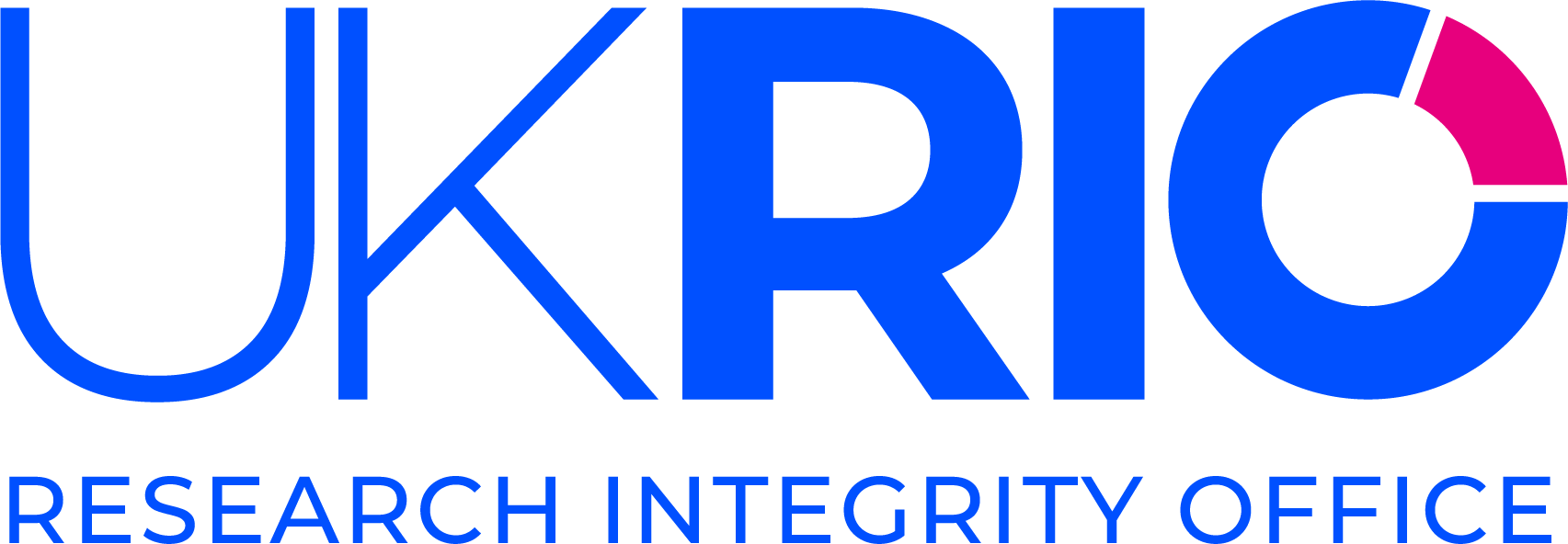Spotlight: What’s in a picture? The temptation of image manipulation
In 2004, the Journal of Cell Biology published an important and influential article by Michael Rossner, its then-editor, and Kenneth Yamada.
‘What’s in a picture? The temptation of image manipulation’ sets out general guidelines for the correct handling of digital image data and shows common pitfalls and inappropriate practices in a series of fascinating examples.
Michael Rossner has pioneered the screening of image data for evidence of manipulation before publication. The article, and the guidance it contains, draws on his extensive experiences and many editors and publishers have now adopted similar standards.
The article also discusses why inappropriate manipulation of images is unacceptable. To some this may seem self-evident but I feel that this part of the article is just as important as the guidance and the examples. In UKRIO’s experience, researchers can sometimes give into pressures – whether internal or external – to cut corners or worse. Rossner and Yamada support their guidance by putting it into context, clearly stating why honesty and integrity in this aspect of research is vital:
‘If you misrepresent your data, you are deceiving your colleagues, who expect and assume basic scientific honesty—that is, that each image you present is an accurate representation of what you actually observed… Data must be reported directly, not through a filter based on what you think they “should” illustrate to your audience.’
In my view, the above applies to all aspects of research, and not just the manipulation of digital images. ‘What’s in a picture? The temptation of image manipulation’ is essential reading.
Journal of Cell Biology: What’s in a picture? The temptation of image manipulation (no paywall)
